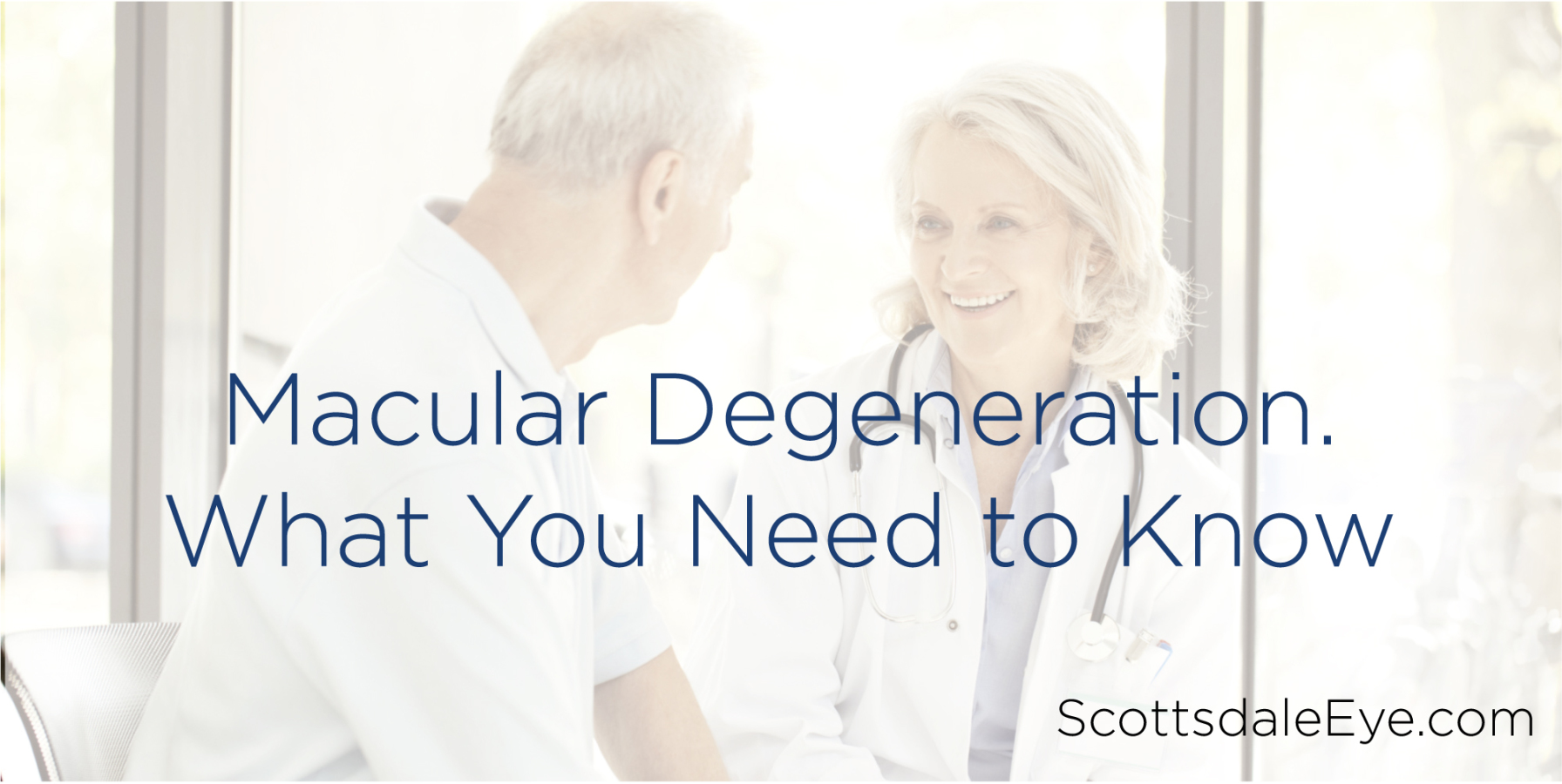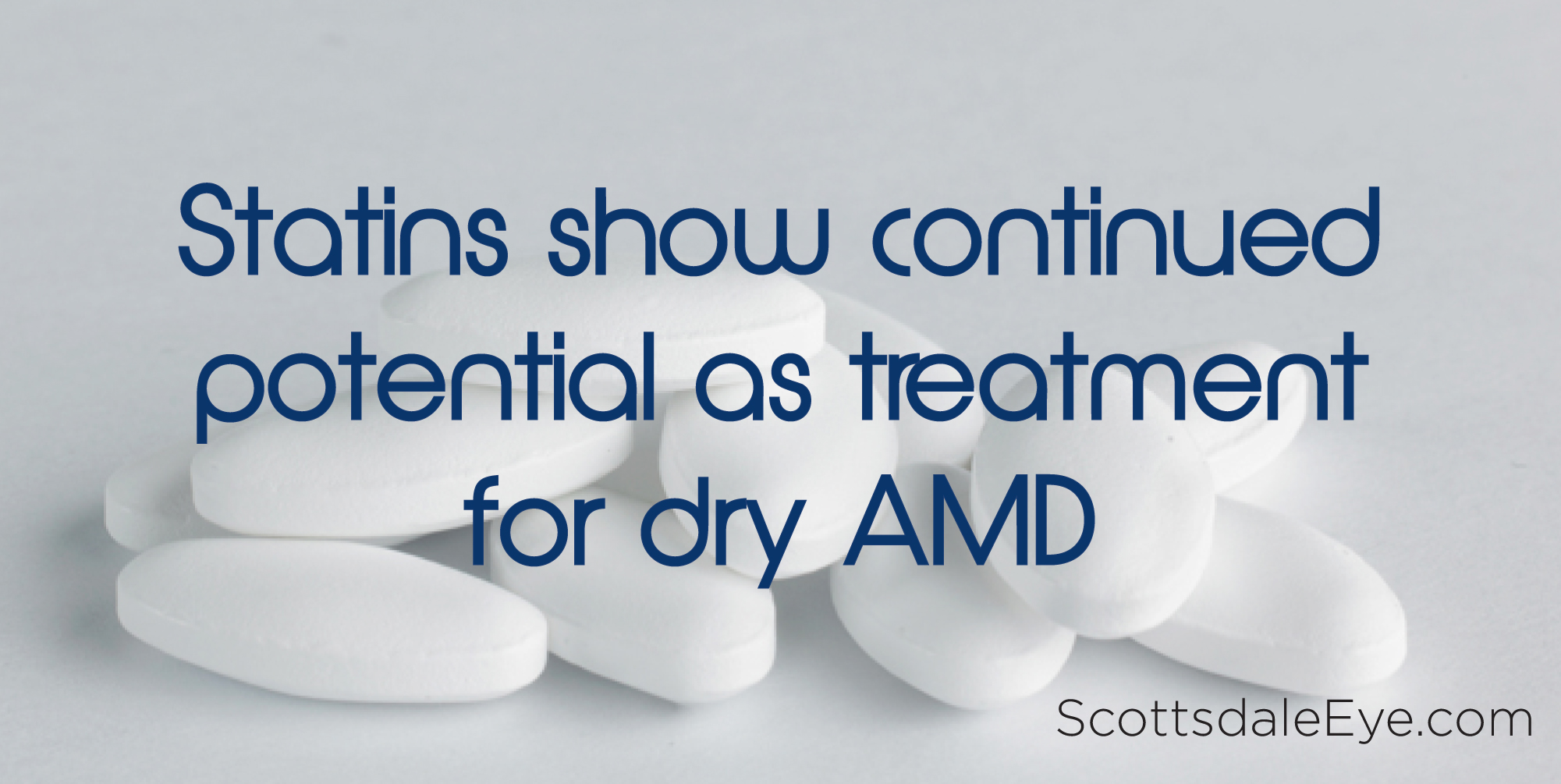High doses of statins, known for lowering blood cholesterol, may someday prove to be a viable treatment for the dry form of age-related macular degeneration (AMD), according to a new study.
“As the population ages, finding safe and inexpensive strategies for the treatment and management of AMD is paramount.”
The results of the relatively small study were published Feb. 4 in the online journal, EBioMedicine.
In the study, high doses of Lipitor (80 mg) were given daily over a 12- to 18-month period to 23 people who suffered from dry AMD, which occurs when high deposits of lipid and fatty proteins form under the retina. In the pilot study, 10 patients experienced a regression in drusen deposits and their sight improved slightly. None of the subjects saw their sight worsen.
Researchers have been looking at the potential of statins for years as a treatment for AMD, says Steven G. Ferrucci, O.D., chief of optometry at Sepulveda VA Medical Center and professor at Southern California College of Optometry at Marshall B. Ketchum University. But the results have been mixed.
Dr. Ferrucci has written and lectured extensively on AMD. “For many years, researchers have postulated that statins may be protective for AMD,” Dr. Ferrucci says. “One study from 2001 looked at the incidence of AMD in patients using statins. Those who took statins had significantly decreased risk of being diagnosed with age-related macular degeneration compared with those who were not taking statins.”
Dr. Ferrucci noted the size of the new study—only 23 patients participated. So it’s important to keep the results in perspective.
He agreed with the study’s authors, a team of researchers at Massachusetts Eye and Ear/Harvard Medical School and the University of Crete, that more study is needed.
“These patients represent a specific subset of AMD patients—those with soft lipid deposits—which not all dry [AMD] patients have,” he says. “So obviously more research with a larger study must be done, and even then, it seems it may only benefit a percentage of AMD patients.”
What the study means for eye doctors and patients
Dr. Ferrucci says, “We should stay alert to these studies so we can properly inform our patients of new developments that may be of help, as well as temper those stories that might send false hope.”
And for patients? A leading cause of severe vision loss in adults over age 50, AMD affects 1.8 million Americans with millions more at risk for the condition.
“If statins turn out to be a successful treatment, that’s great for patients,” Dr. Ferrucci says. “Repurposing current FDA-approved medications, such as statins, which are very accessible and well-studied, would be huge. It would represent a huge cost and time savings versus discovering a novel drug.”
He adds, “Statins are already well studied. They have a good safety profile and there’s lots of clinical experience regarding dosing and side effects. As the population ages, finding safe and inexpensive strategies for the treatment and management of AMD is paramount.”
The AOA follows all research closely, including potential dry AMD treatments. Although statins are an interesting treatment possibility for patients, more research is needed regarding their influence on visual health. For more information or help for better vision, please visit the AOA website.










